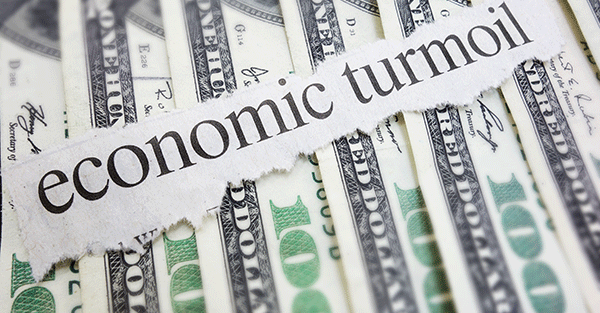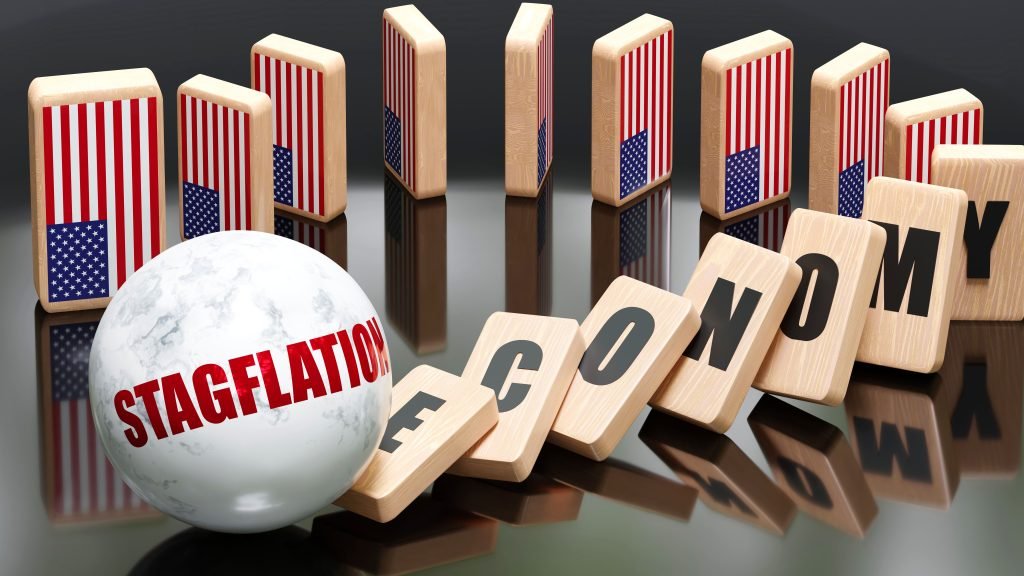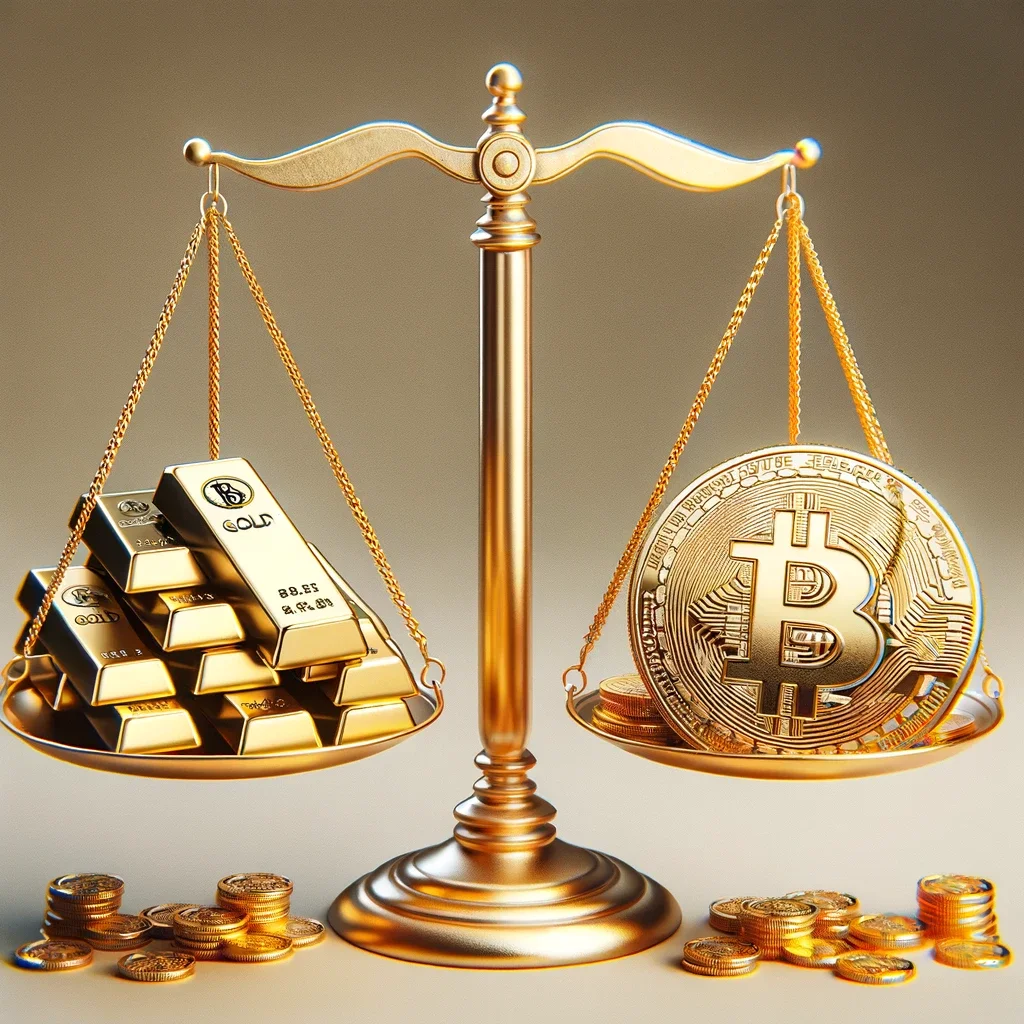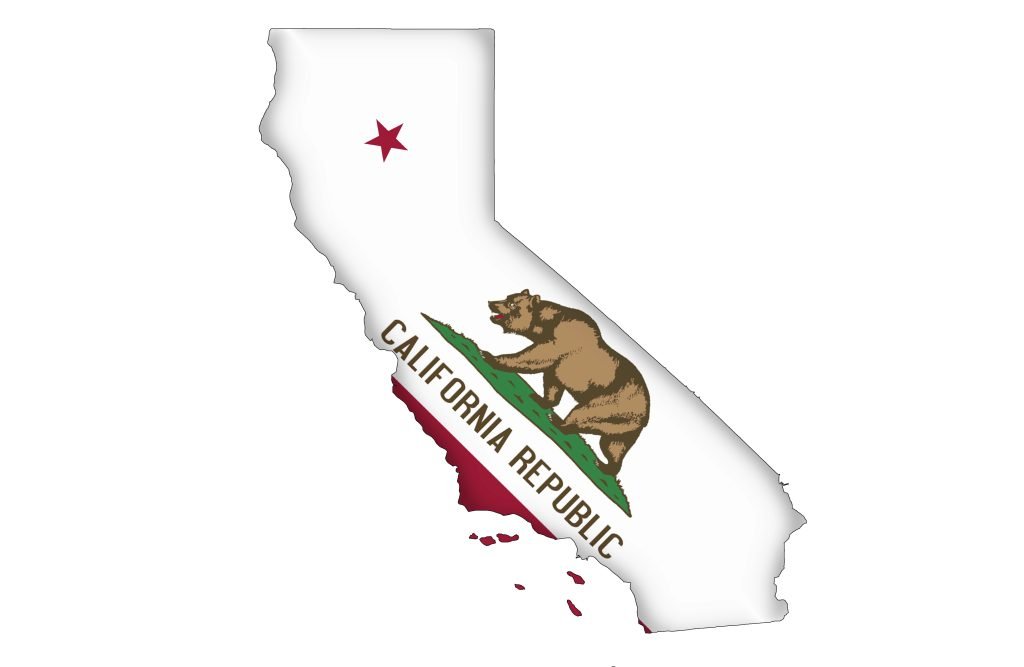In case it weren’t completely obvious how completely screwed up the financial system is, please allow me to introduce Exhibit A: the Federal Reserve’s own balance sheet.
First we need a quick accounting background. And, stay with me, because this is important.
Think about your own finances. You, me, everyone… we all have assets and liabilities.
Your assets might be things like cash, your house, car, baseball card collection, etc.
And your liabilities are loans, credit card debt, etc.
The difference between the two can be thought of as your ‘net worth’. And hopefully it’s positive, i.e. your assets exceed your liabilities.
In accounting, this concept of net worth is known as ‘equity’. A company like Apple that has a lot of assets but not a lot of debt has substantial equity.
(As an investor, I typically look for opportunities where I can buy a great business or its shares for less than its equity. But we’ll save that for another time.)
Banks, too, have assets and liabilities.
But while the balance of your savings account may be an asset for you, or the mortgage balance you owe to the bank is your liability, for the bank it’s actually reversed.
Your savings account balance is actually money that they OWE you.
So while your savings is an asset for you, for the bank it’s a liability.
Similarly, your loan balance might be your liability.
But for banks, the loans they make to customers are actually assets because they’re on the receiving end of the loan payments.
For a bank, net worth (known as a bank’s ‘capital’) is a massively important indication of its financial health.
Think about it– if a bank has a negative net worth, this means that it doesn’t have enough assets to repay its customer deposits.
This is how banking crises start. It’s precisely why Lehman Brothers (and a whole lot of other banks) went bust in 2008/2009. The banks’ liabilities exceeded their assets.
Conservative banks hold vast amounts of capital, i.e. have substantial net worth where the value of their assets drastically exceeds liabilities and customer deposits.
One way of looking at this is by measuring a bank’s capital as a percentage of its total assets. (Conservative banks have a high percentage.)
Let’s say a bank has $1000 in assets like cash and loans, and $200 in liabilities (customer deposits).
This means that the bank has $800 in capital, which constitutes 80% of its total assets.
In other words, the value of the bank’s assets can fall by 80%, and the bank would still be able to repay its depositors.
This is a huge margin of safety that is unfortunately almost unheard of in banking.
Right before the crisis, in fact, Lehman Brother’s capital was just 3% of its total assets.
And that leads me to central banks.
Just like regular banks and businesses, central banks also have assets and liabilities.
In the US, the Federal Reserve’s assets total $4.486 trillion, including more than $2 TRILLION in US government debt.
The Fed also has total capital (i.e. net worth) of $39.5 billion.
That sounds like a lot. Until you realize that it constitutes just 0.88% of its total assets. Not even 1%!
This is a tiny, almost nonexistent level of capital at the Federal Reserve.
Put another way, the issuer of the United States dollar, the most widely used currency on the planet, and the central bank of the largest economy in the world, has almost no margin of safety.
This puts the entire global financial system at a tremendous level of risk.
Central banks can and do go bankrupt. It happened most notably in Iceland back in 2008, causing an epic currency crisis in that country.
So running the Fed’s balance sheet down to the nub like this is not exactly a consequence-free course of action.
But what’s really astonishing about all of this is how quickly the Fed’s balance sheet deteriorated. And why.
Just two weeks ago, the Fed’s total capital was nearly $59 billion. And even that wasn’t very much given the size of its balance sheet.
Today it’s $39.5. This is an incredible 33% drop in just two weeks!
Imagine your net worth collapsing by 33% in two weeks; it would probably be a huge personal crisis. Yet the Fed seems completely cool about it.
I did some digging and found out why this happened.
It turns out that Congress and the President passed a law last month called the Fixing America’s Surface Transportation (FAST) Act.
We’ve talked about this one before– the FAST Act is supposed to provide funding for America’s highway system.
But one of the provisions is that a US citizen can have his passport revoked if the government believes in its sole discretion that he owes too much tax. Crazy.
And, buried deep within the nearly 500 pages of legislation is a neat little section demanding that Federal Reserve bank surpluses above a certain amount must be turned over to the United States Department of Treasury.
In other words, the US government is so broke that they’re now confiscating assets from the Fed, putting the entire global financial system at even more risk.
It’s genius!
You just can’t make this stuff up. It’s so absurd it would be comical if it weren’t true.
So, yes, it should be completely obvious by now that there is a tremendous amount of risk in the system.
Governments are completely bankrupt. And even central banks now are being pushed into insolvency by the bankrupt governments they support.
This is not a story that has a happy ending. And whether the consequences arise today, tomorrow, or five years from now is irrelevant.
This is a major risk. And for any thinking, rational person paying attention, it’s imperative to have a Plan B.








